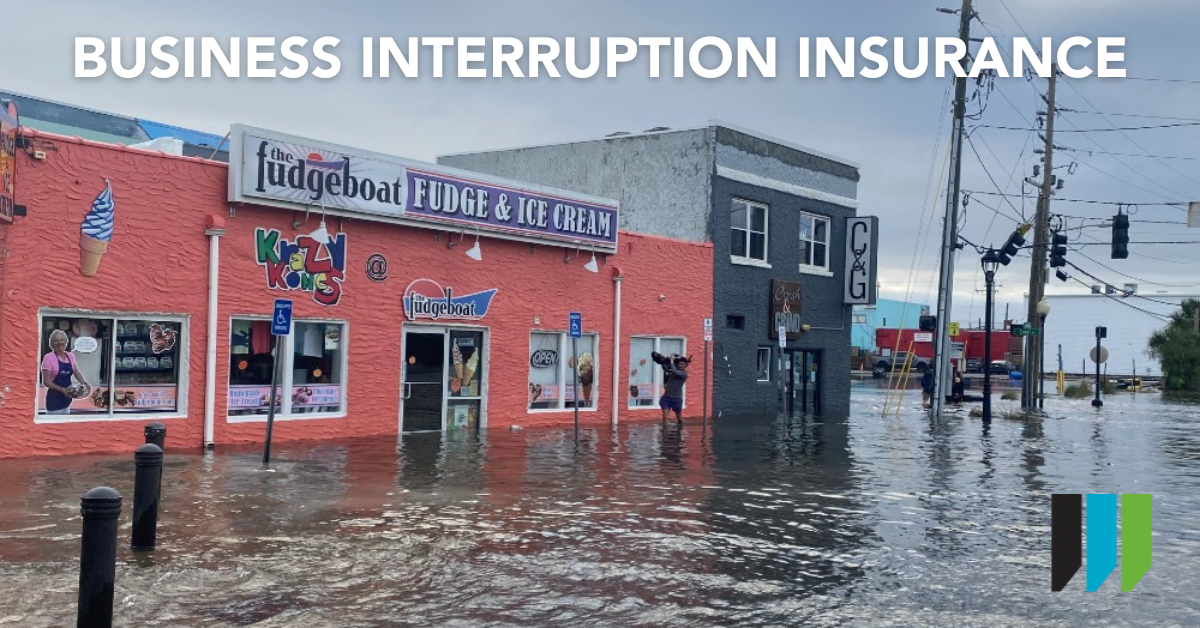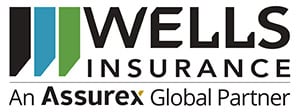
Employers may utilize the business income and extra expense coverage form when obtaining business interruption insurance. The primary insurance agreement in this form states that the insurance carrier will reimburse lost income and various operating expenses stemming from business disruptions as long as these disruptions were caused by covered perils that led to direct physical damage at an insured location. This form also includes some additional coverages and extensions.
With this in mind, it’s crucial for organizations using this form to review and examine its additional coverages and extensions, ensuring their business interruption insurance addresses their unique exposures. This article provides more information on the form, highlights related coverage options and offers tips for employers to consider when securing business interruption insurance.
Overview of the Business Income and Extra Expense Coverage Form
The business income and extra expense coverage form, provided by Insurance Services Office Inc. (ISO), is a standard document that many insurance carriers use as a template to outline key protections available under business interruption insurance. Specifically, this form includes financial protection for certain expenses that can arise if an organization is forced to pause its operations or temporarily close its doors due to direct physical damage incurred by covered perils. When an organization experiences a covered peril, the form states that business interruption insurance may help reimburse the following typical operating costs throughout the restoration period:
-
Income that the organization would be earning if it were running normally
-
Commercial mortgage, rent, lease, loan and tax payments due during a disruption
-
Payroll expenses to maintain employees’ wages amid a closure
Additionally, this form summarizes the main features of the extra expense coverage available under business interruption insurance. The form states that such coverage can help pay for extra expenses an organization reasonably sustains (beyond typical operating costs) amid disruptions to help it get back up and running. These expenses may include relocating to a temporary business location during the restoration period, expedited shipping fees for essential materials and supplies, and overtime wages for employees who are asked to work additional hours to minimize operational downtime.
Additional Coverages
The business income and extra expense coverage form also offers additional coverages for organizations to consider. Here’s a breakdown of these offerings:
- Civil authority coverage can help compensate for typical operating costs and extra expenses incurred during government-mandated business closures (e.g., citywide curfews, local evacuation orders or temporary road closures) caused by covered perils. This coverage generally kicks in 72 hours after a government-mandated business closure begins and lasts up to four consecutive weeks.
- Alterations and new buildings coverage can help pay for typical operating costs and extra expenses sustained from disruptions caused by covered perils that result in direct physical damage to new commercial buildings or structures, whether the property is complete or under construction; alterations or additions to new commercial buildings or structures; and construction- or occupancy-related machinery, equipment, supplies and building materials stored at or within 100 miles of an insured location.
- Extended business income coverage can help reimburse lost income incurred during the time frame after the restoration period for a disruption ends and before normal operations are able to resume fully. In other words, this coverage offers an extended period of indemnity that applies when direct physical damage due to a covered peril has been repaired, but operations have yet to return to business as usual. In most cases, extended business income coverage lasts for either 60 days following the end of the restoration period or the length of time it takes after this period for operations to be restored to the volume and speed required to generate the level of income that would have been reached had the disruption not taken place—whichever is shorter.
- Interruption of computer operations coverage can help compensate for typical operating costs and extra expenses sustained by interruptions in computer operations stemming from the destruction or corruption of electronic data due to covered perils. It’s worth noting that covered perils for this coverage differ from perils listed for other business interruption insurance offerings; rather, these perils are all electronic in nature (i.e., viruses and harmful code injected into computer systems or networks that were designed to destroy this technology or disrupt its usual operations). ISO generally restricts this coverage to a maximum of $2,500 unless a different amount is listed in the policy declarations.
Coverage Extensions
Besides additional coverages, the business income and extra expense coverage form gives organizations the option to obtain several coverage extensions. These extensions include the following:
- Newly acquired locations—This offering extends business interruption coverage to disruptions caused by covered perils that inflict direct physical damage to commercial property at newly acquired locations for a specified period. In particular, this extension applies to property at any newly acquired location (apart from fairs and exhibitions) for a maximum of $100,000 per location unless a different amount is listed in the policy declarations. This extension remains valid until either the business interruption policy expires, 30 days have passed since the location has been acquired or construction has begun, or property values are reported—whichever happens first.
- Off-premises utility failures—This offering extends business interruption coverage to disruptions caused by off-premises utility failures. Namely, this extension can help reimburse lost income arising from the interruption of off-site utility service lines or any plants, substations and equipment that supply these services (e.g., gas, water, steam, sewer, electrical and telecommunication).
- Dependent property—This offering extends business interruption coverage to disruptions caused by covered perils that inflict direct physical damage to property deemed essential to business activities but operated by another party (e.g., customers, suppliers or business partners).
Tips for Securing Business Interruption Insurance
Employers can consider these best practices for purchasing and maintaining adequate business interruption insurance:
-
Perform a risk assessment. An organization’s business interruption exposures and related coverage needs will vary based on its industry, location and operations. As such, organizations should carefully review their specific business interruption risks and analyze the potential impacts of temporary closures or shutdowns to help determine sufficient coverage levels and essential policy features.
-
Consult the experts. Employers can reach out to trusted insurance professionals to better understand their business interruption insurance offerings and identify any ongoing coverage gaps. In doing so, organizations can decide whether it’s necessary to secure additional protection and select additional coverages and extensions that are most relevant to their operations.
-
Conduct policy reviews. As an organization’s business interruption exposures change and evolve over time, its coverage should follow suit. By conducting routine policy reviews, organizations can make updates as needed and ensure their coverage remains suited to their unique risks, thus minimizing the likelihood of substantial out-of-pocket costs following unexpected disasters.
-
Maintain proper documentation. When disruptions occur, it’s vital for organizations to ensure detailed record keeping protocols and maintain proper documentation regarding the associated losses. Providing these records to their insurance carriers can help organizations promote a smooth claims process and receive timely payouts, allowing for continued financial stability and operational success.
Conclusion
Business interruption insurance can make all the difference in helping organizations stay resilient amid unanticipated disasters and reduce the fallout stemming from related disruptions. By reviewing the protection this policy provides and considering the additional coverages and extensions available under the business income and extra expense coverage form, organizations can customize their business interruption insurance to their particular needs. You can also consider these tips to reducing your commercial insurance.
Reach out to us if you have any questions!
This Coverage Insights is not intended to be exhaustive nor should any discussion or opinions be construed as legal advice. Readers should contact legal counsel or an insurance professional for appropriate advice. © 2024 Zywave, Inc. All rights reserved. Used with permission.



